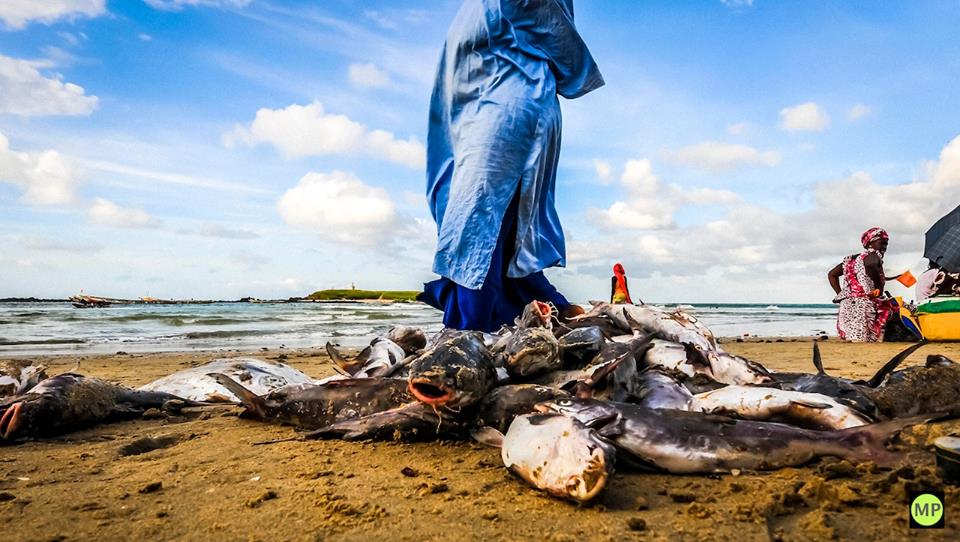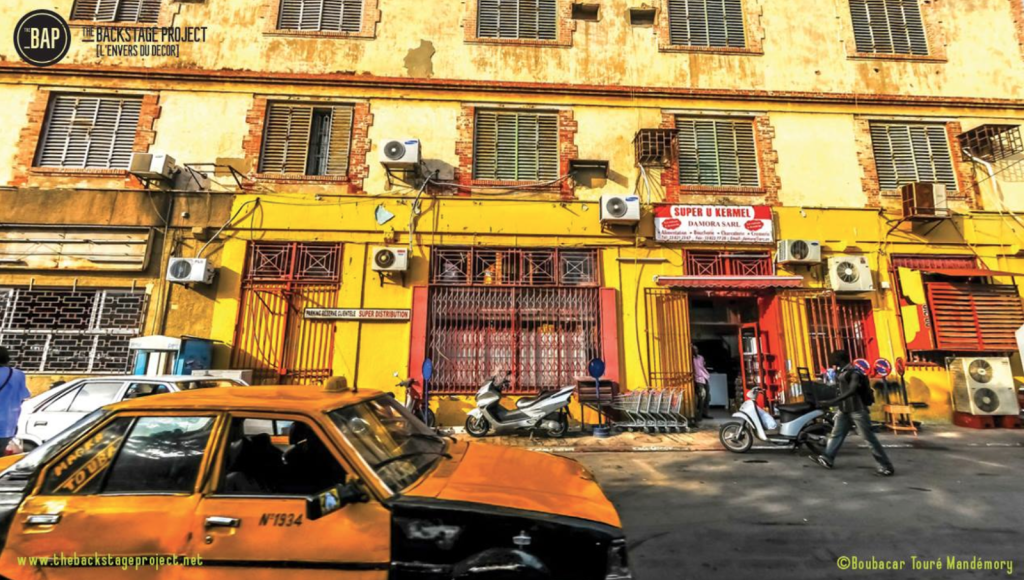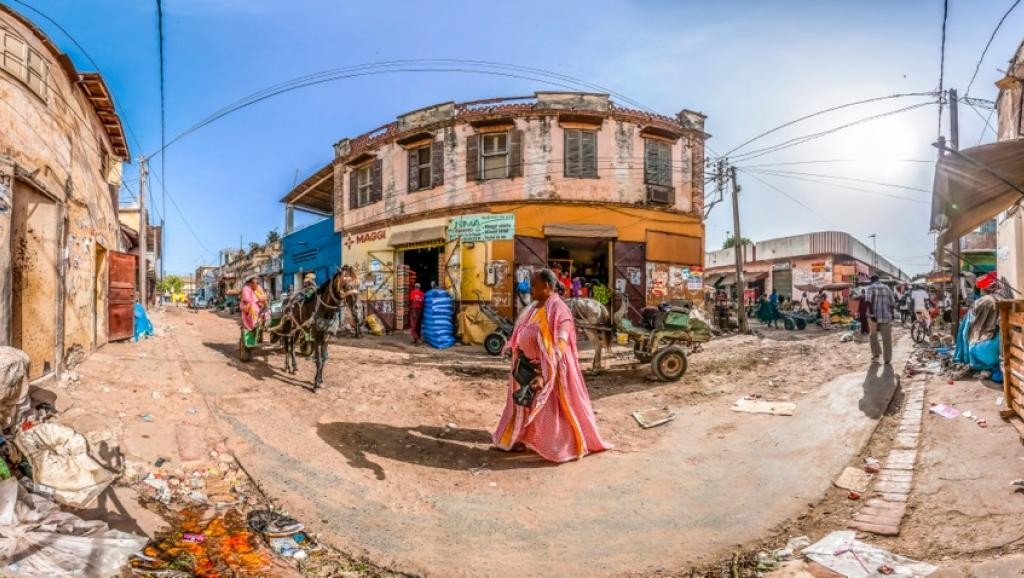
Boubacar Touré Mandémory
Born 1956, Senegal
Lives and works in Dakar
About:
Boubacar Touré Mandémory, a Senegalese photographer based in Dakar, is an indefatigable chaser of images, an urban forager incessantly on the hunt for fleeting glimpses of everyday life: young people on the beach, street vendors, children horsing around. He roams Dakar, a cheap compact camera in his pocket, capturing the teeming life of the city in low-slung, improvised shots taken from the hip or crouched at ground level-images with the impromptu charm of a quick-draw smile. Yet Mandémory’s intent is not reportage or documentation. His works form a lexicon of stolen moments as intimate as they are strange; his approach is that of a poet rather than an ethnographer. Off-kilter angles evoke the warped opticality of dreamlife, often underscored by a darkened palette that lends the scenes a distinct sense of liminality.
In the series Villes Capitales d’Afrique (Capitals of Africa), for instance, Mandémory presents images dominated by expansive, deep blue skies and the hyper-saturated opaline tones of bare skin, punctuated here by the flitter of glimmering cloth clinging to skin, there by a glance unexpectedly returned. What he was chasing in this series, the artist explains, was not the essence of daily life in Dakar as such, but the Dakar of his childhood, the collection of streets and neighborhoods locked in his mind’s eye. Mandémory self-consciously positions his practice in opposition to documentary photography, in which he discerns the specters of colonial ethnography and its oppressive fictions. Nor does he identify with “dreed” (a Wolof word meaning “hastily made”), a type of instant street photography omnipresent in Dakar. Rather, his work is an archaeology of sorts, mobilizing the gentle murmur of strangeness that lies dormant beneath the skein of the everyday in order to recuperate an oneiric past for the present. (Yasmine Van Pee, University of California, Berkeley).
Courtesy: the photographer.





